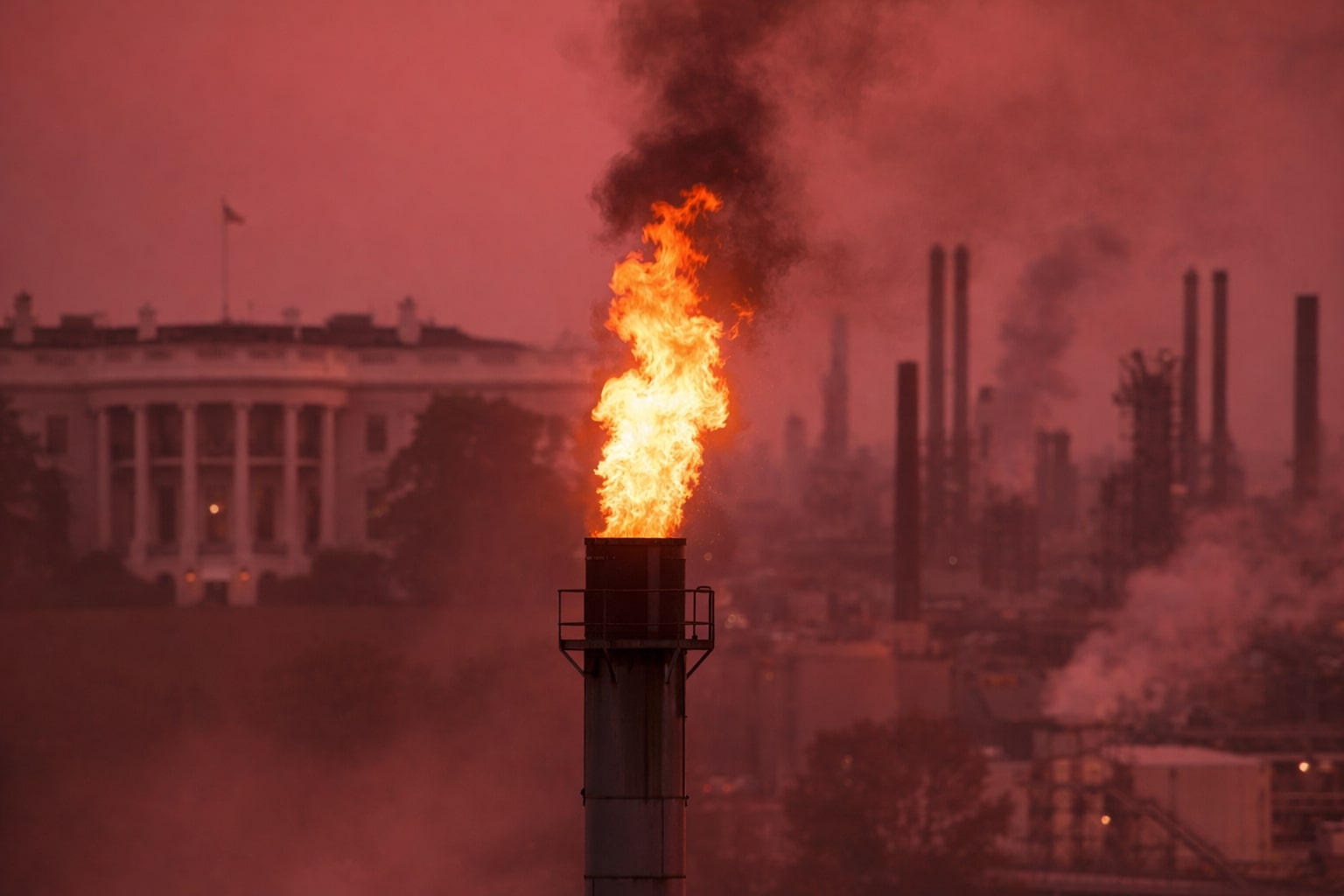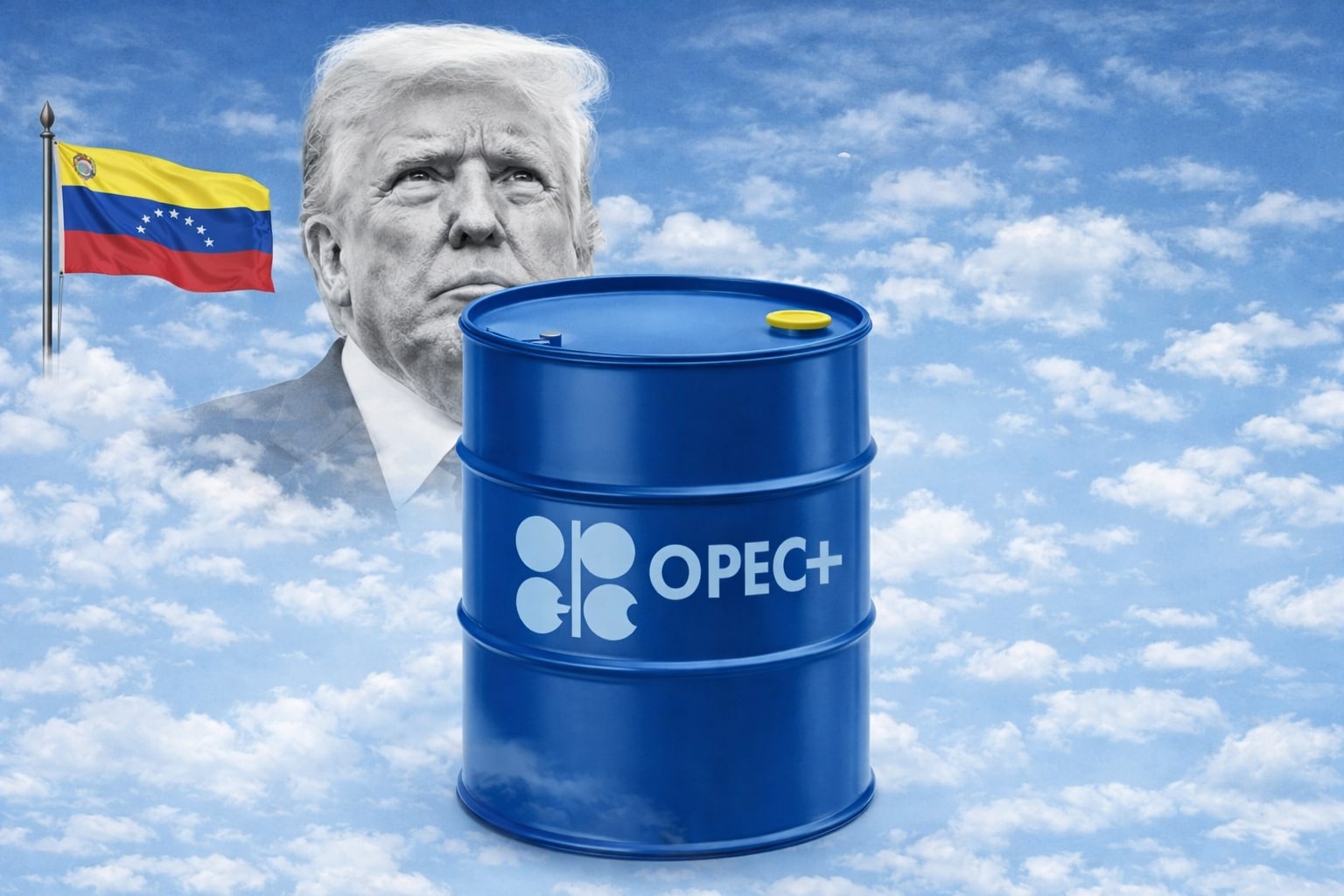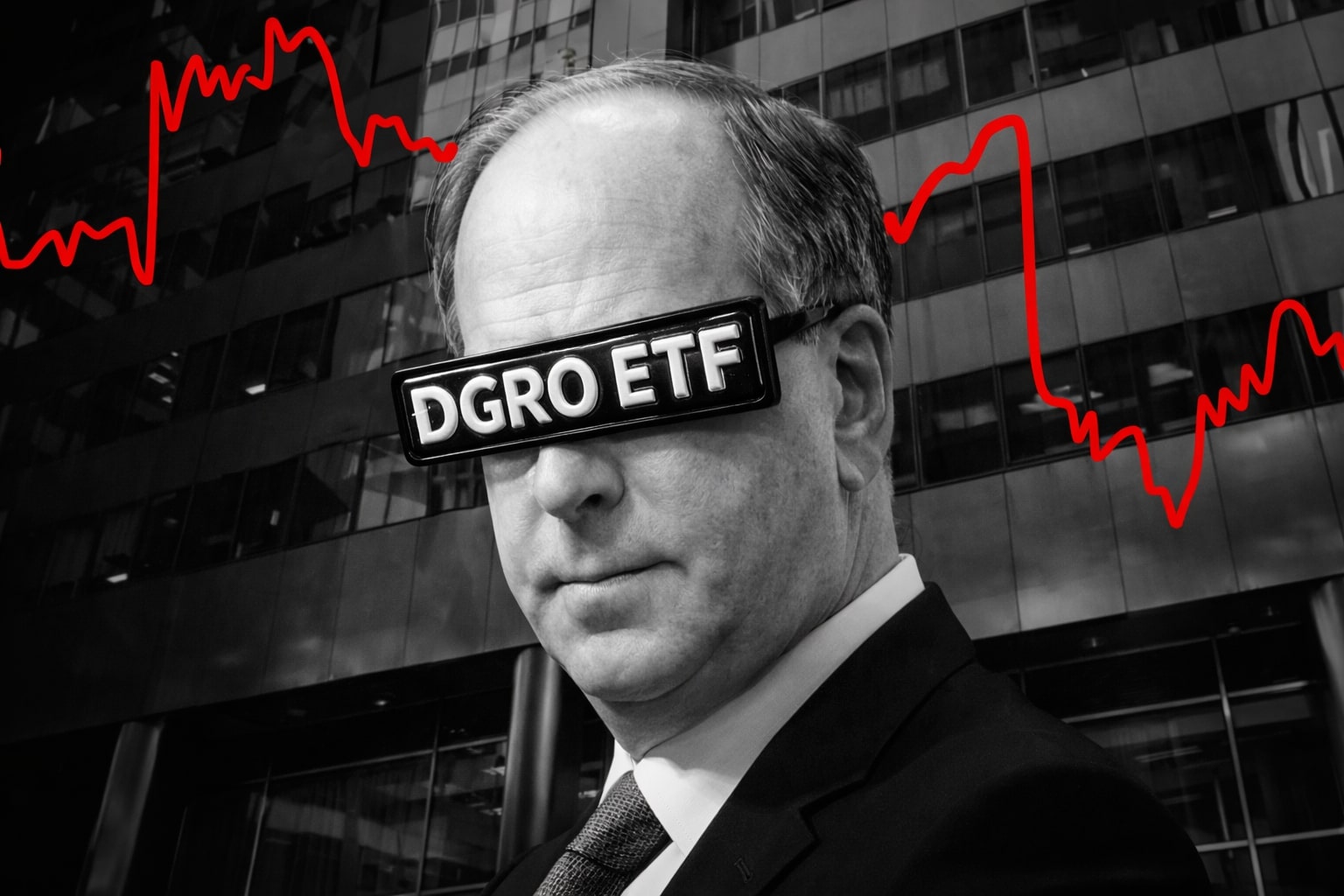
Oil Price Forecast - WTI and Brent Hold Ground as OPEC+ Discipline Meets U.S. Output Surge
Cautious OPEC+ policy, Saudi pricing stability, and Asian demand recovery set the stage for Brent to retest $70 in 2026 | That's TradingNEWS
Oil Price Forecast (WTI CL=F, Brent BZ=F): Cautious OPEC+ Policy Collides With Rising U.S. Output
Crude oil markets remain trapped between cautious OPEC+ supply management and relentless U.S. production strength. WTI (CL=F) trades near $57.50 (+0.14%) and Brent (BZ=F) around $61.30 (+0.38%), reflecting a delicate equilibrium where every policy shift or refinery disruption immediately reverberates through pricing structures.
OPEC+ Maintains Tight Grip With 137,000 bpd Increase
OPEC and its allies opted for a minimal 137,000 barrels-per-day production rise for November 2025—mirroring October’s adjustment—to preserve market stability rather than chase marginal demand. The restrained addition underscores an alliance strategy focused on revenue optimization and inventory control as global consumption slows.
Analysts interpret the consistent monthly increment as a signal that the cartel intends to test demand elasticity without flooding the market. Brent’s modest uptick following the decision highlights trader approval for supply discipline.
Saudi Strategy Anchors Market Confidence
Saudi Aramco’s pricing for Arab Light crude to Asian buyers held at $2.20 per barrel above the Oman/Dubai benchmark, contradicting expectations of a reduction. The move reflects confidence that Asian demand can absorb incremental volumes despite weakening macro conditions. Riyadh’s steady pricing policy provides a psychological floor for Brent futures and supports regional refining margins, particularly in China and India.
U.S. Offshore Expansion Offsets Shale Plateau
While shale productivity declines, the U.S. offshore segment is surging. Federal forecasts expect Gulf of Mexico output to climb from 1.8 million bpd to 2.4 million bpd by 2027, driven by projects from BP (NYSE:BP) and Chevron (NYSE:CVX). BP’s $5 billion Tiber-Guadalupe development alone will add roughly 80,000 bpd once operational. Technological gains have reduced offshore breakevens to near $35 per barrel, and some operators project costs could fall toward $20 per barrel, well below many shale regions’ $48 average.
This structural shift transfers long-term U.S. supply growth from short-cycle shale to deepwater assets, intensifying competition for OPEC+ barrels through 2026.
Corporate Adjustments Reveal Industry Stress
Persistent sub-$70 Brent has triggered financial strain across supermajors. Collectively, ExxonMobil (NYSE:XOM), Chevron, Shell (LON:SHEL), TotalEnergies (EPA:TTE) and BP will distribute about $108.5 billion to shareholders in 2025—down from $112 billion a year earlier—even as dividend sustainability thresholds hover near $80 Brent.
ExxonMobil plans workforce reductions of up to 25%, while TotalEnergies will scale back buybacks in Q4 2025. These steps show that producers remain trapped between investor payout expectations and deteriorating margins.
Asian Demand Diverges as China and India Rebalance
China continues to expand storage capacity with 11 new crude sites (169 million barrels), ensuring steady offtake from OPEC suppliers. Roughly 37 million barrels of new tanks are already operational, enabling Beijing to exploit price dips for strategic accumulation.
India’s fuel demand slipped 0.5% m/m in September 2025 to 18.63 million tonnes, partly from its ethanol-blending expansion (E20 program). Refiners have pivoted toward Guyanese and Russian barrels, with several cargoes now settled in Chinese yuan, marking a subtle challenge to the petrodollar framework.
North American Context: Record Output, Static Rigs
U.S. crude output continues breaking records despite a stagnant rig count, underscoring efficiency gains in high-yield basins. The Energy Information Administration projects 1.96 million bpd Gulf production by 2026, while onshore gains slow to 190,000 bpd—the weakest since 2010 excluding pandemic years. Canada’s Western Select trades at deep discounts near $18 below WTI, emphasizing regional bottlenecks and refining constraints.
Fiscal Stability in Gulf Economies Reinforces Price Floor
Fitch Ratings projects oil averaging $70 per barrel in 2025, enough to maintain fiscal surpluses for most GCC producers. Saudi Arabia (A+), Kuwait (AA-), and Qatar (AA) all benefit from diversified fiscal reserves under Vision 2030 initiatives. Oman remains the only sovereign in the region with a positive outlook, buoyed by deleveraging and improved fiscal resilience to lower prices. These macro underpinnings create a structural cushion that prevents a prolonged collapse below $60 Brent unless demand shocks intensify.
Read More
-
DGRO ETF Price: Is DGRO at $69.17 Still the Better Dividend-Growth Bet?
17.12.2025 · TradingNEWS ArchiveStocks
-
XRP Price Stuck Below $2 As XRPI at $10.74 and XRPR at $15.26 Ride $1B+ ETF Inflows
17.12.2025 · TradingNEWS ArchiveCrypto
-
Natural Gas Price Forecast - NG=F Steady Near $4 as TTF Jumps on Colder Forecasts and LNG Outage Risk
17.12.2025 · TradingNEWS ArchiveCommodities
-
USD/JPY Price Forecast: USDJPY=X 155.50 Pivot Before BoJ Hike and US CPI
17.12.2025 · TradingNEWS ArchiveForex
Geopolitical Balancing Acts
Ongoing regional friction—from renewed Iran-Israel tensions to Red Sea shipping disruptions—adds a speculative premium that OPEC+ quietly manages through output restraint. Russia’s continued exports despite sanctions, coupled with India’s resistance to U.S. pressure on Russian crude, keep shadow-flows active. Yet each geopolitical flare-up reinforces the perception that physical barrels remain tighter than headline supply data suggest.
Technical and Sentiment Overview
WTI (CL=F) finds support near $56.80 and resistance at $59.40; Brent (BZ=F) stabilizes above $60.50, forming a short-term consolidation band. Trading volumes indicate strong accumulation by physical buyers around these levels. A sustained close above $62 Brent could trigger algorithmic momentum targeting $65.80, whereas a breakdown below $56 WTI** risks revisiting $52.50.**
Investor positioning via CFTC data shows net-long exposure modestly rising for a third week, signaling cautious bullish sentiment.
Long-Term Supply Risks and Investment Outlook
Years of underinvestment remain the industry’s silent risk. Saudi Aramco (TADAWUL:2222) warned that insufficient upstream spending could lead to a supply crunch by 2027. With global demand expected to surpass 104 million bpd by then, current capital expenditure levels appear inadequate to offset natural decline rates. This reinforces medium-term upside risk even as near-term prices remain range-bound.
Verdict: Buy – Gradual Recovery Toward $70 Brent Likely
Fundamentals point to a cautiously constructive outlook. Disciplined OPEC+ policy, resilient Asian demand, and stabilizing Gulf fiscal frameworks outweigh U.S. oversupply risks in the near term. Barring a sharp demand collapse, Brent’s $60-65 band represents an accumulation zone for medium-term investors targeting a recovery toward $70 per barrel into 2026. The broader market tone remains mildly bullish, making oil a Buy on weakness rather than a Sell despite cyclical headwinds.



















